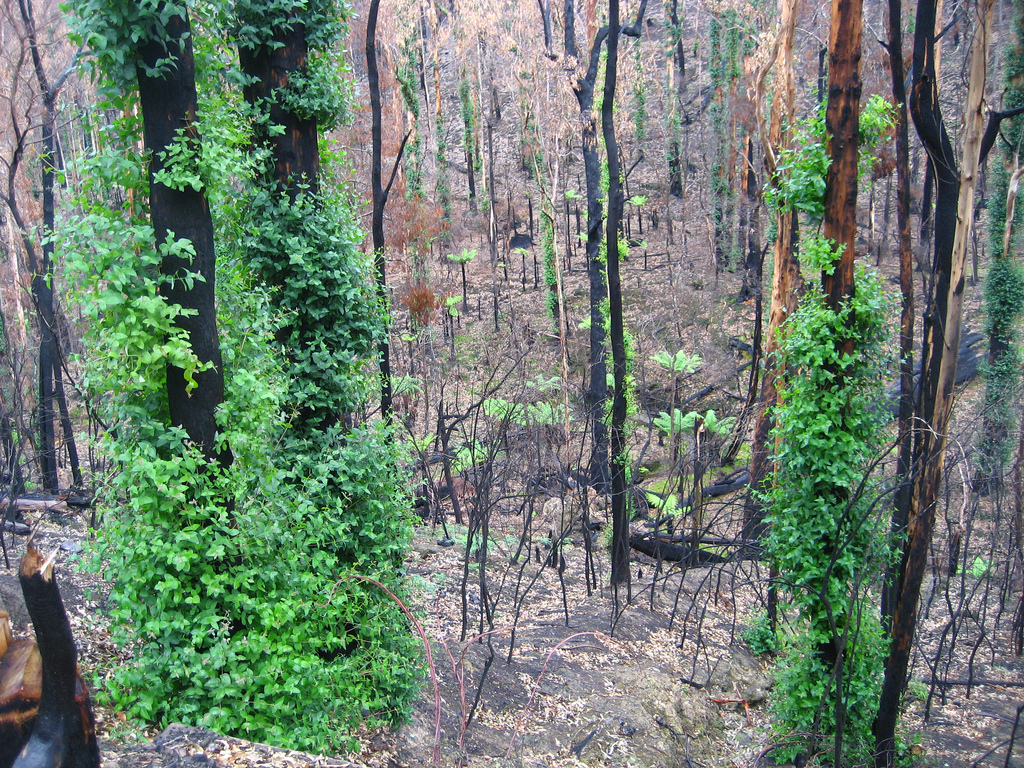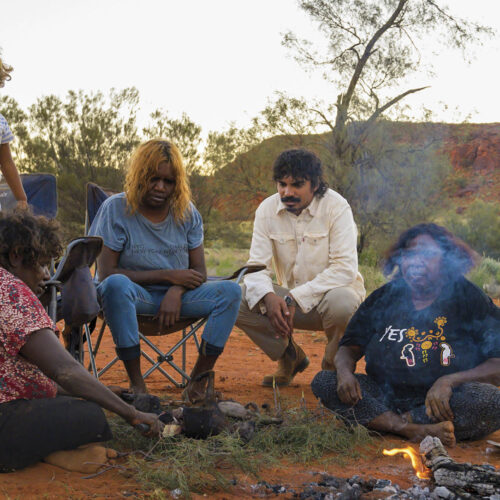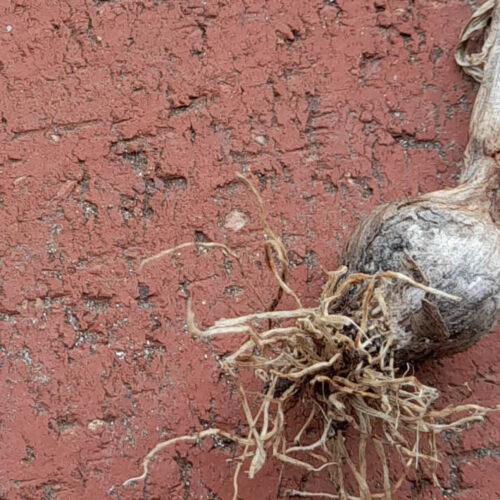Bushfire recovery and resistance
2013-10-31T00:46:17+11:00
Last month's bushfires in NSW were a devastating blow, but JUSTIN RUSSELL says that there's hope for the future: Gardens will recover, and gardeners can take proactive steps to help resist future fires.
October was a poignant mixed bag of weather across Australia. Up north the first rains of the wet season made a tentative appearance. Central Australia has baked. In southern Australia it has been wet and windy. And sadly, much of eastern Australia has been so hot and dry that the bushfire season has arrived early, and with stinging vengeance.
For those in NSW who’ve lost their homes and gardens, I can only offer my sincere commiserations, and a small word of hope – gardens can recover from fire and indeed, many native and introduced plants actually rely on fire to regenerate. This is small comfort, I know, but Victorian gardens affected by Black Saturday’s fires have risen from the ashes, and yours can too. Give nature, and yourself, time to heal. (Don’t miss Penny Woodward’s story on the healing community gardens of Victoria in the next issue of Organic Gardener magazine out on 5th December.)
The outlook for November isn’t promising, unfortunately. There may be a bit more rain around than in October for eastern Australia, but the BOM says it’s likely to continue hotter and drier than average. If you’re living in a bushfire risk area, there’s some important steps you can take now to plan for the worst.
My dad was a firey for nearly 30 years, and one of the things he liked to remind me was that fire needs three things to burn: Heat, oxygen, and fuel. Remove one from the equation, and fires die down.
There’s not much you can do about oxygen, but you can do things to reduce heat and more significantly, fuel. In the days leading up to fire risk weather, try to keep the garden as cool and hydrated as possible. If water is available, run sprinklers over the lawn and hose down garden beds to keep them moist. It’s not a silver bullet, but a well watered garden is more resistant to bushfire than one that’s tinder dry.
Secondly, eliminate as much fuel as possible. Rake up fallen leaves and twigs, mow the lawn and compost the clippings, and wet down mulch to prevent it from igniting. Prune dead branches from trees and shrubs, and consider pruning low hanging branches that could easily catch fire. Clear the house gutters. Don’t overlook fuel sources such as woodpiles and garden furniture. Relocate these to a sheltered area away from the house.
Long term strategies to help your garden resist fire focus largely around plant selection, keeping flammable plants and objects away from the house, and creating space between garden beds and buildings. A helpful guide is available here http://www.cfa.vic.gov.au/plan-prepare/landscaping-for-bushfire/.
Above all, remember that gardens will come back of their own accord, and if plants are killed, they can be replaced. People can’t. Put the safety of yourself, your loved ones and your neighbours above the garden and stay safe.






